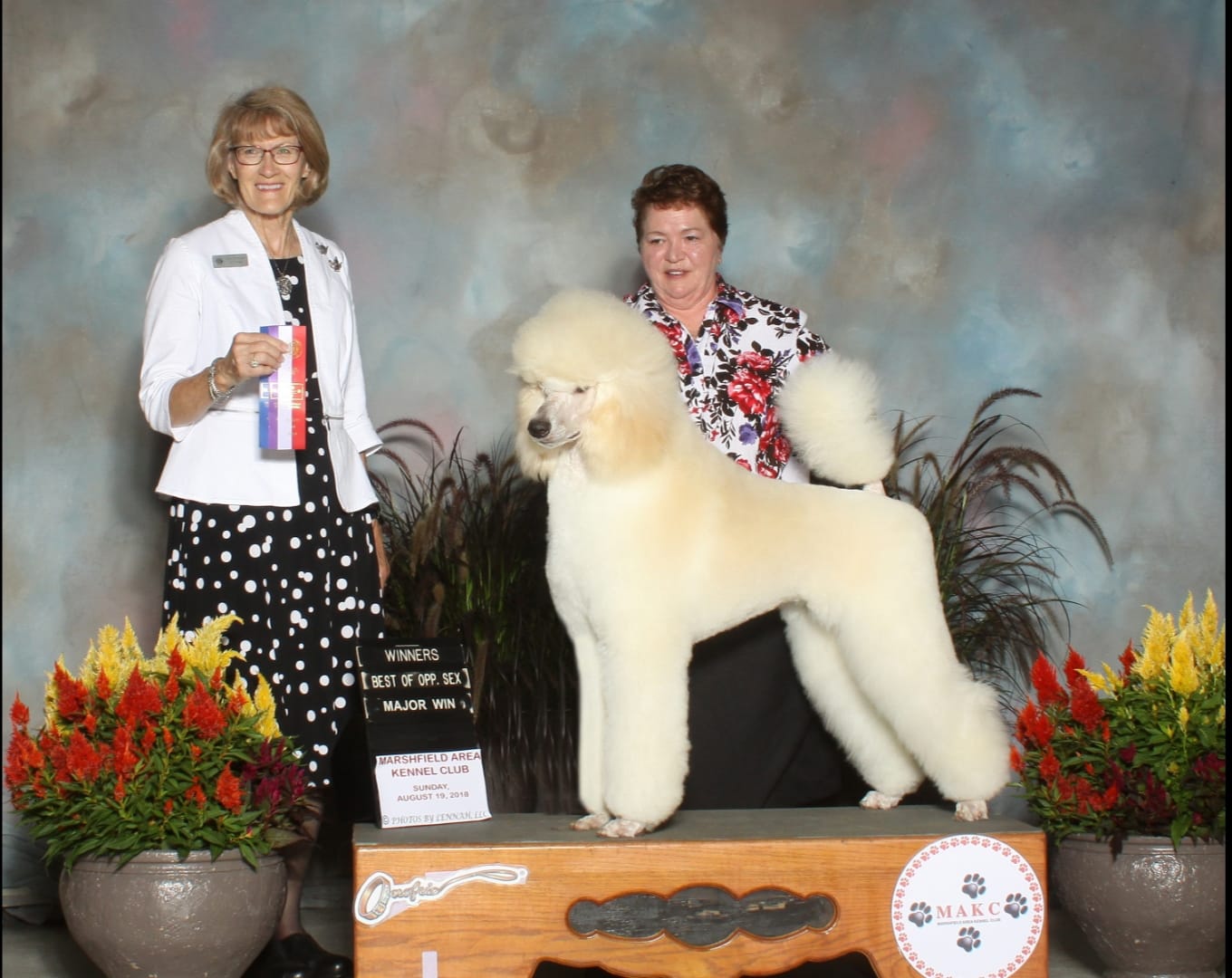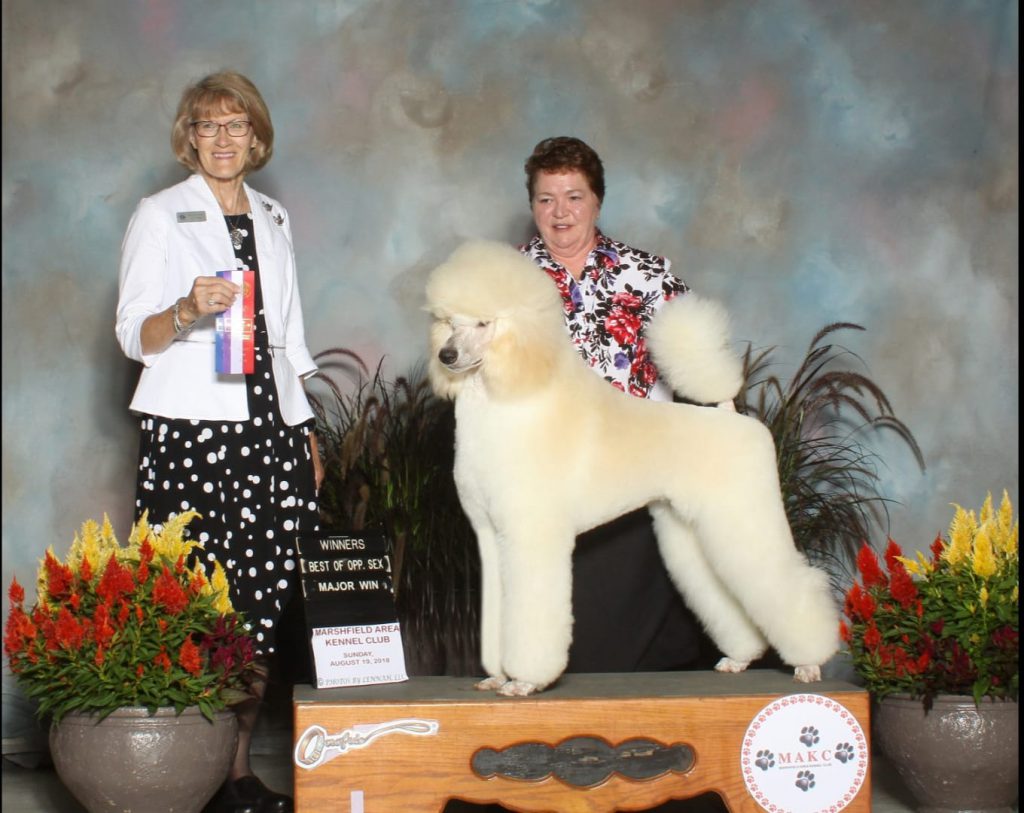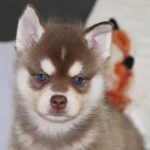
Type and Diversity
Type and diversity: Our twin concerns!
Must we choose between Type OR Diversity? Or can we have both?
Over and over again, at shows, over messenger, or via email, people express concern to me that they understand the need for diversity, but struggle with it because the dogs that are “outliers”, or genetically different from most of the breed, cannot possibly produce the type – or preferred appearance, structure and temperament – they desire. And who can blame them? When you love a breed, you breed for breed type, and to the breed standard.
So, does having a high outlier index mean that the dog cannot fit the breed standard?
First, let’s look at the breeds with outlier indexes above .3.
These breeds tend overall to enjoy better health. Does that mean that they do not have breed type as a breed? Which breeds have average outlier indexes above .3? The outlier index is a proprietary measure that shows us how important a dog is to retain in the breed, to be used in conjunction with traditional assessments of conformation and health history. The lower the OI, the more typical a dog is for the breed, and the higher the OI the less genetically similar a dog is to others in the breed.
These breeds are: American Akita, Alaskan Klee Kai, Biewers, Black Russian Terriers, Giant Schnauzers, Havanese, Labrador Retrievers, Miniature Poodles, Toy Poodles, Shiloh Shepherds, and Swedish Vallhunds. While these breeds may have health issues, it is less common for them to have one or two that the majority of the breed are at risk of having. These are called “breed specific diseases.” No animal is perfect, so of course there will be some health issues in these breeds, too, (especially those breeds that have not retained much biodiversity.) But to say that all the breeds with OI above .3 lack type, is indeed a silly statement.
The following chart is from our Breed Comparisons page as of the date of this blog.
| Breed | Number in Database |
Avg. Infrequent Alleles per Dog
|
Avg. Neutral Alleles per Dog
|
Avg. Highly Frequent Alleles
|
Avg. Outlier Index
|
|---|---|---|---|---|---|
| Akita – American | 37 | 10.1 | 7.4 | 48.5 | 0.33 |
| Akita – Blend | 32 | 12.0 | 8.2 | 45.8 | 0.40 |
| Akita – Japanese | 101 | 7.9 | 7.0 | 51.2 | 0.26 |
| Alaskan Klee Kai | 261 | 6.4 | 12.1 | 47.5 | 0.32 |
| Biewer Terrier | 136 | 9.0 | 8.6 | 48.4 | 0.33 |
| Black Russian Terrier | 18 | 8.9 | 9.8 | 47.3 | 0.34 |
| Doberman Pinscher | 411 | 4.9 | 5.3 | 55.7 | 0.17 |
| Flat-Coated Retriever | 291 | 6.6 | 8.3 | 51.1 | 0.26 |
| Giant Schnauzer | 116 | 6.8 | 11.3 | 47.9 | 0.32 |
| Golden Retriever | 61 | 7.0 | 8.0 | 51.0 | 0.26 |
| Havanese | 191 | 8.3 | 12.1 | 45.6 | 0.38 |
| Italian Greyhound | 197 | 7.2 | 9.5 | 49.3 | 0.29 |
| Labrador Retriever | 79 | 9.5 | 13.1 | 41.5 | 0.44 |
| Poodle – Miniature | 194 | 9.4 | 8.6 | 48.7 | 0.33 |
| Poodle – Standard | 1879 | 8.4 | 4.8 | 52.8 | 0.24 |
| Poodle – Toy | 63 | 9.5 | 10.8 | 45.7 | 0.38 |
| Shiloh Shepherd, ISSA | 124 | 9.3 | 9.5 | 47.1 | 0.36 |
| Swedish Vallhund | 105 | 10.8 | 10.0 | 45.3 | 0.40 |
So what about the breeds with OI below .3?
These breeds tend to show evidence of a genetic bottleneck – meaning that the biodiversity they have is not well distributed throughout the breed. This means a large portion of the breed is very genetically similar, and only a small portion of the breed is different from the majority. These breeds are Doberman, Standard Poodle, Italian Greyhound, Golden Retrievers, Flat Coated Retrievers and Akita Inu (Japanese Akita). In general, these breeds report more breed specific health problems, and of course have very stunning examples of their breed type. These breeds could help their breed by better redistributing existing biodiversity throughout the breed. This would raise their effective alleles per locus to get closer to their average alleles per locus. There are countless studies in recent years with emphasis on maintaining biodiversity within species.
Why .3?
This is a somewhat arbitrary cut-off, based on our observations and interactions with many breeds. Originally, based on the Standard Poodle health risks, we found that above .3 there was marked reduced risk for breed specific disease. Later we saw that regardless of how much biodiversity exists in a breed, the breeds with fewer health challenges tend to have higher average OI – usually above .3. Each breed’s outlier index is specific to its unique makeup, and therefore each individual dog’s is relative to its breed. The lower the average OI for a breed, the more the breed is in danger of losing biodiversity to drift.
Another way we corroborate that is by the use of our measurement of average genetic relatedness or AGR. It inversely correlates with OI. AGR is calculated using a very different method, yet the results for each breed support the OI measurements. A dog with a very low AGR is therefore very atypical for the tested population in the BetterBred database.
What about the Outliers?
So, the real question many breeders have is this: Can an outlier be typey? Let’s look at a specific example in the Standard Poodle breed. There are at the time of this post, over 2300 tested Standard Poodles in the UC Davis database. We have the most tested generations in this breed (technically, this variety) and since this was the first breed assessed, the most time for selection for diversity and breed type. We were kindly given permission to use this stud as a case study. His name is “Belchak’s Pretty Boy Floyd”, a Standard Poodle outlier. His breeder used an uncommon bitch with a very high outlier index, who’d been bred selectively by her breeder to maintain diversity within the Standard Poodle breed, but also to improve type. She was bred to a handsome stud with a relatively high OI, to produce an entire litter of almost all outliers. The breeder retained two puppies, a male and a female, both of whom are out with AKC handlers. Floyd is 2 points from finishing his AKC CH, with limited showing.
There are others who are quietly working to produce dogs with “different” genetics that also have type. We say it over and over again, til we are blue in the face, that diversity should not exist without selection for breed type. But, if we go too far in selecting for type, and ignore diversity, the health of a breed declines. This happens especially if there is a prolonged bottleneck on popular sires or kennels. When an entire breed has a low OI, that means the majority of the dogs have very typical genetics, which indicates the presence of some sort of bottleneck. If the original or most common ancestors of a breed carried specific deleterious mutations and health risks, so too can the breed at large – if diversity is not well managed.
Diversity needs selection for type. Type needs diversity for a breed to thrive. One does not do well without the other.
Depending on the breed, redistributing genetic diversity takes a lot of work. Selection will always be required. Some breeds are more bottlenecked than others. So yes, for some, there may need to be a slight step back in type, to allow for diversity. As Dr. Niels Pedersen likes to say, “it did not take a generation to get here, it will not take a generation to change it”. Are outliers free from mutations? No, they likely carry their own issues. Outliers are not a silver bullet, but rather dogs that offer genetics that may dilute concentrated deleterious mutations within bottlenecked breeds. In breeds with no bottleneck, breeding towards higher breed average OIs will go to further ensure a bottleneck does not occur. We always must select for health and type, alongside the genetic diversity.
 Previous Post
Previous Post Next Post
Next Post


